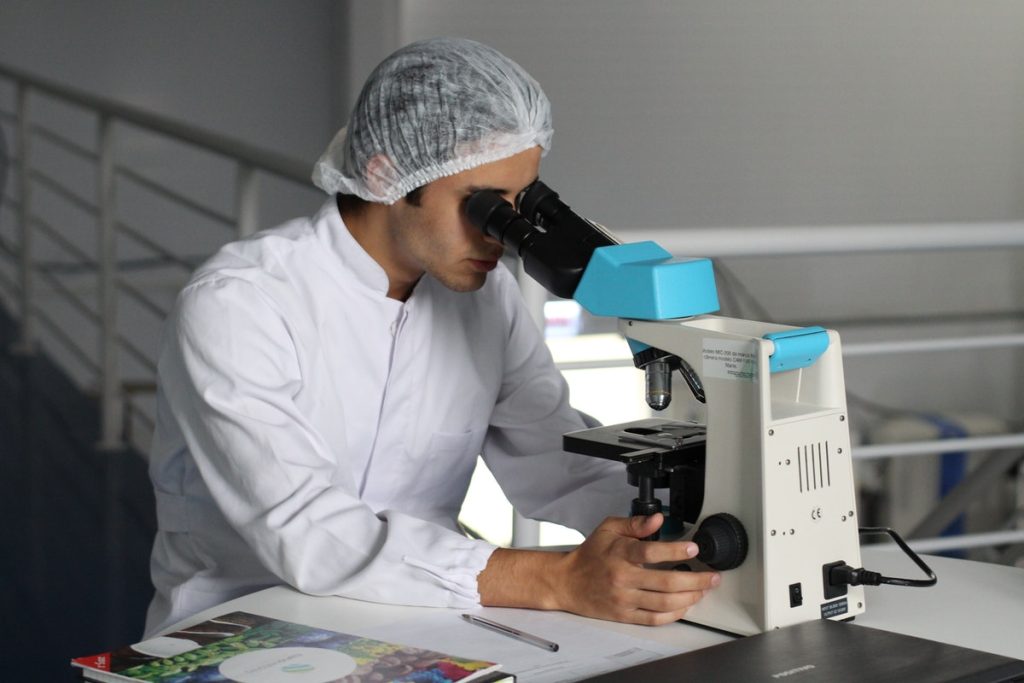As you grow older, you will likely experience more health problems. Studies show that by age 65, up to 62% of Americans have at least one chronic disease. The more chronic disease a senior has, the larger their health spending.
Thankfully, having a health condition doesn’t mean it has to rule their life. Medical technology advances allow seniors access to treatments and devices that can help them manage their health conditions and improve their quality of life. The following are just four examples of innovations that are changing the lives of seniors for the better.
Smart Glasses
Age people grow older, vision loss becomes more common. Age-related Macular Generation (AMD), for example, is a condition that affects the macula, which is the part of the eye responsible for central vision. With AMD, your macula gradually deteriorates, resulting in fuzzy or blind spots in your central vision.
There is currently no cure for age-related macular degeneration. Fortunately, a new type of eyeglass glass called macular degeneration glasses is helping people with AMD see better. Experts designed these glasses to help seniors with low vision see by projecting an image directly into their retina.
With the help of these glasses, seniors with macular degeneration can see things more clearly, making everyday tasks such as reading and cooking much easier. This allows them to maintain their independence for longer.
If you know a loved one who can benefit from such smart glasses, consider doing your research before investing in one. Find certified suppliers that can provide a lightweight smart glass that you can also use as a magnifying glass for special tasks. Some companies even have smart glasses with amazing features, like automatic recognition of objects and rapid charging.
Continuous Glucose Monitors
Studies show that up to 15.9 million seniors have diabetes. This condition occurs when your blood sugar levels are too high. If uncontrolled, diabetes can lead to severe complications such as heart disease, stroke, and kidney failure.
In the past, diabetes patients had to prick their fingers many times a day to monitor their blood sugar levels. This was painful and inconvenient, especially for seniors with arthritis or other conditions that make it challenging to use their hands.

Managing diabetes can be a full-time job, especially if you have to constantly monitor your blood sugar levels. This is where continuous glucose monitors (CGM) come in. A CGM is a small wearable device that measures your glucose levels continuously throughout the day and night.
With a CGM, seniors no longer have to constantly prick their finger to check their blood sugar levels. Instead, they can simply check their CGM device to see their current glucose level. This enables them to better manage their diabetes and avoid any complications.
There are several different CGMs on the market, so it’s essential to do your research before choosing one. Consider factors such as ease of use, accuracy, and price. You should also make sure that the CGM you choose is compatible with your insulin pump if you use one.
Pacemakers
A pacemaker is a small device that helps your heart beat regularly. It’s usually implanted under the chest’s skin and has wires connecting it to the heart. Seniors are more likely to need a pacemaker because your risk of developing heart conditions such as bradycardia (a slow heart rate) increases as you age.
In the past, pacemakers were large and bulky devices that required open-heart surgery to implant. This made them very invasive and risky, especially for seniors. However, pacemakers have come a long way since then.
Today’s pacemakers are much smaller and can be implanted using a minimally-invasive procedure. This means that seniors can get a pacemaker without having open-heart surgery. Minimally-invasive pacemakers are less risky and have a shorter recovery time, making them a better option for seniors.
Thanks to modern pacemakers, seniors with heart conditions can live longer and healthier lives. If you or a loved one need a pacemaker, talk to your doctor about the types available and which would be best for you.
Therapeutic Virtual Reality (VR)
Virtual reality (VR) is a computer-generated environment that you can interact with using a headset and controllers. It’s often used for gaming, but it has many other applications as well. One of these applications is therapeutic VR.
Therapeutic VR is used to help seniors with various conditions, such as dementia, anxiety, and depression. VR can also help seniors with pain management and rehabilitation after a stroke.
Therapeutic VR is an emerging field, so much research is still needed. However, the early results are promising, and VR shows excellent potential as a tool for helping seniors live better lives.
This can help them feel more connected to their loved ones and the outside world. It can also provide them with much-needed social interaction and stimulation, even for those living alone or away from their loved ones.
These are but four examples of medical technologies that are changing the lives of seniors for the better. With these devices, seniors can enjoy a better quality of life despite their health conditions. So if you know a senior who could benefit from any of these technologies, let them know about it. It could make all the difference in their life.
